The Italian Renaissance | Florentine Culture and Society (Lecture 9)
Lecture 9: The recognition that Humanism could provide the necessary skills to contribute both to a good personal life and to the benefit of the community as a whole animated the Florentine Republic. Classical rhetoric came to be seen as a useful tool, because it was now necessary to influence one’s fellow citizens in the process of forming public policy. Their new roles as active citizens in this world, with responsibility to their city and access to political power through election, gave the Florentine patricians in the guild democracy a great deal of self-confidence.
They believed that they could rival or even surpass the achievements of the ancients. Accepting control of their own lives and their community, these citizen magistrates worked to turn Florence into a work of art, literally and figuratively. Competition became the vehicle for excellence in politics, society, and culture. Important public commissions - such as the baptistery doors and the dome of the cathedral - were determined by open competition judged by a panel of engaged citizens. Public art was made to serve secular political needs, such as adopting the figure of David as a symbol of the republic. Private citizens endowed public buildings and built imposing palaces in classical style to reflect and celebrate their taste, wealth, and values. In the process, Florence became an artistic and architectural monument to Humanist principles.
Primary Source Texts:
Kenneth R. Bartlett, “Florence and the Renaissance,” pp. 65–67, and “Art and Architecture,” pp. 209–219, in The Civilization of the Italian Renaissance.
Secondary Sources:
Paul Robert Walker, The Feud That Sparked the Renaissance: How Brunelleschi and Ghiberti Changed the Art World.
Supplementary Reading:
Richard A. Goldthwaite, The Building of Renaissance Florence: An Economic and Social History.
———, Wealth and the Demand for Art in Italy, 1300–1600.
Lecture 10: https://rumble.com/v4xez0x-the-italian-renaissance-renaissance-education-lecture-10.html
-
 30:15
30:15
The Great Courses
29 days agoThe Italian Renaissance | Florence - The Creation of the Republic (Lecture 7)
51 -
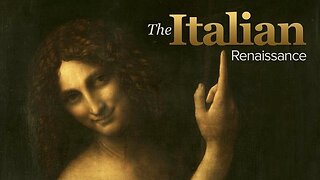 30:10
30:10
The Great Courses
29 days agoThe Italian Renaissance | Florence and Civic Humanism (Lecture 8)
50 -
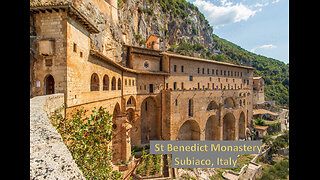 2:16
2:16
Life Happens
1 month agoExploring Subiaco, Italy: A Spiritual and Artistic Haven
190 -
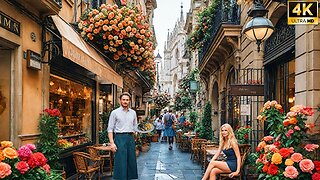 1:54:00
1:54:00
Tourist Walk Tours
1 month agoDiscover Milan - Where Fashion Meets History in Italy's Vibrant Heart
26 -
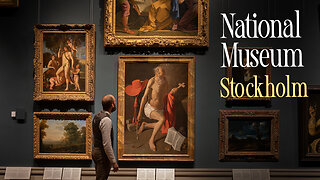 56:03
56:03
School of Apelles
1 month ago $0.05 earnedThe Greek Approach | Guided Tour of Bellini, la Tour and Rembrandt at Nationalmuseum in Stockholm
59 -
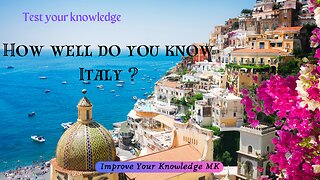 0:40
0:40
Improve Your Knowledge MK
1 month agoHow well do you know Italy? 🇮🇹 | General Knowledge Quiz #shorts
11 -
 2:16:55
2:16:55
Tourist Walk Tours
1 month agoExploring Rome's Magnificent Streets. A Walking Tour Through History 🇮🇹
9 -
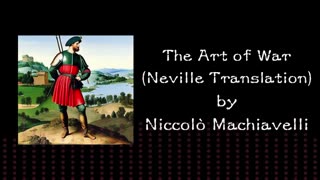 7:01:00
7:01:00
Evergreen0I0AM
1 month agoThe Art of War -Neville Translation- by Niccolò Machiavelli
11 -
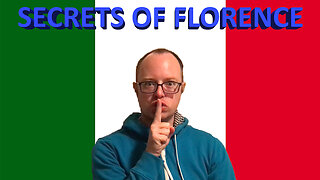 3:50
3:50
EPG
1 month agoSECRETS OF FLORENCE ITALY - EPG EP 10
6 -
 4:16
4:16
RetireEarlyLifestyle
1 month agoOur Terrazza Lunch in Anzio, Italy
7